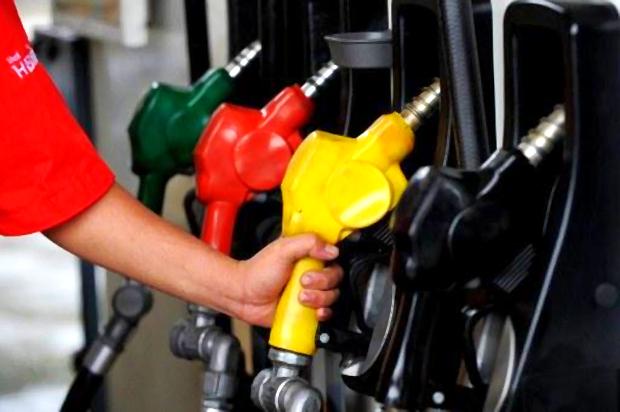MANILA, Philippines—Oil taxes collected by the government with the help of fuel marking totaled P378.4 billion in nearly two-and-a-half years since the program was first implemented to combat smuggling.
Finance Secretary Carlos Dominguez III on Monday (Feb. 28) said that between September 2019 and Feb. 25, 2022, 37.6 billion liters of oil products were injected with chemical markers signifying correct tax payments.
The Bureau of Customs (BOC) collected the bigger share of revenues facilitated by fuel marking implementation, amounting to P348.5 billion in import duties and other taxes. The Philippines imports the bulk of its oil needs.
As of last week, 22.8 billion liters of diesel, 14.5 billion liters of gasoline, and 197.2 million liters of kerosene had been marked nationwide.
The majority—or 27.6 billion liters—of marked fuels was located in Luzon; 7.9 billion liters in Visayas; and 2.1 billion liters in Mindanao.
Among the 27 oil firms participating in the fuel marking program, the largest volume belonged to Petron (9.1 billion liters), followed by Shell, Unioil, Insular Oil, Seaoil, Phoenix, Chevron, Filoil, and Jetti among the other companies with over a billion liters in tax-paid products.
Fuel marking aimed to curb oil smuggling, which flourished in the past and resulted in billions of pesos in foregone government revenues.
Government estimates had shown that revenues lost to smuggled oil were equivalent to more than half of the actual duties and taxes collected by the BOC and the Bureau of Internal Revenue (BIR) yearly, or about P27-44 billion before the Tax Reform for Acceleration and Inclusion (TRAIN) Act, which implemented fuel marking, took effect in 2018.
